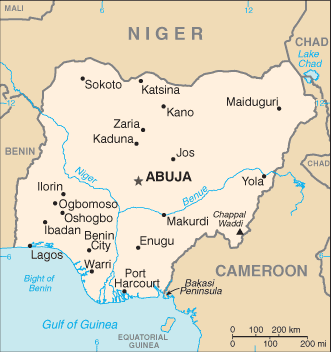Nigerian health officials reported 68 new confirmed Lassa fever cases during the past week from seven States Edo (35), Ondo (19), Bauchi (1), Ebonyi (7), Anambra (4), Imo(1) and FCT (1) with four new deaths in confirmed cases from two states Ondo (2), and Bauchi (2).

From 1st January to 18th February 2018, a total of 913 suspected cases, and 73 deaths have been reported from 17 active States- (Edo, Ondo, Bauchi, Nasarawa, Ebonyi, Anambra, Benue, Kogi, Imo, Plateau, Lagos, Taraba, Delta, Osun, Rivers, FCT, and Gombe).
Since the onset of the 2018, 277 cases have been classified as: 272 confirmed cases, 5 probable cases with 59 deaths (54 in Lab confirmed and 5 in probable). Case Fatality Rate in confirmed and probable cases is 21%.
Lassa fever is an acute viral hemorrhagic illness caused by Lassa virus, a member of the arenavirus family of viruses. It is transmitted to humans from contacts with food or household items contaminated with rodent excreta. The disease is endemic in the rodent population in parts of West Africa.
Person-to-person infections and laboratory transmission can also occur, particularly in the hospital environment in the absence of adequate infection control measures. Diagnosis and prompt treatment are essential.
The symptoms of Lassa fever typically occur 1-3 weeks after the patient comes into contact with the virus. These include fever, retrosternal pain (pain behind the chest wall), sore throat, back pain, cough, abdominal pain, vomiting, diarrhea, conjunctivitis, facial swelling, proteinuria (protein in the urine), and mucosal bleeding. Neurological problems have also been described, including hearing loss, tremors, and encephalitis.
There is no vaccine currently available for Lassa fever.
The Lassa virus and was 1st described in 1969 in the town of Lassa, in Borno State, Nigeria.


